Fast Lady, The Extraordinary Adventures of Miss Dorothy Levitt
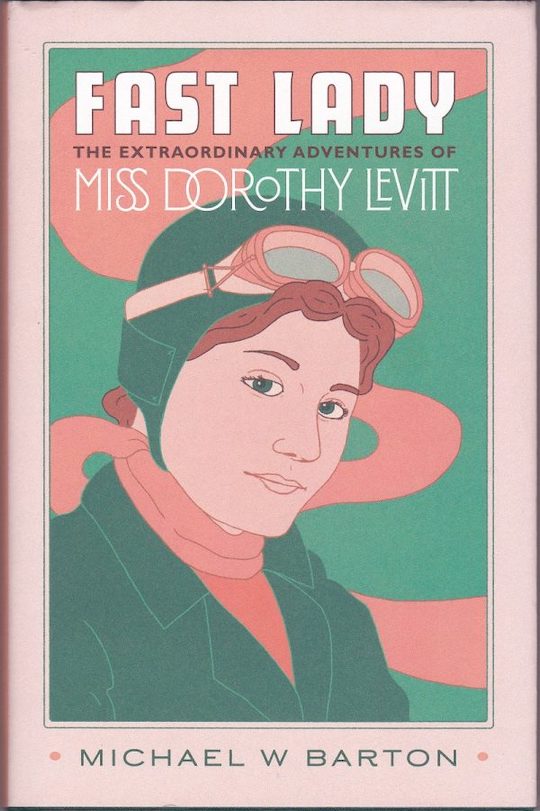 by Michael W. Barton
by Michael W. Barton
Todd McCarthy’s 2007 book Fast Women doesn’t mention her but Bouzanquet in Fast Ladies (2009) did. Miranda Seymour certainly did in her Bugatti Queen biography of Hellé Nice published in 2004 noting that, “Dorothy Levitt had won a coveted trophy in 1905 when she had taken a formidably large and heavy Napier car up to almost 80 mph (128 kph) in a speed trial held on Brighton’s seafront.”
In her 2013 biography of Joan Newton Cuneo, who was an American contemporary of Britain’s Dorothy Levitt (1882–1922), author Elsa Nystrom had mentioned Levitt as well with this rather curious mistaken identity reference to an article in the May 28, 1907 issue of the Washington Post, “. . . while in England in 1906 [Cuneo] had won the mile championship for women drivers from Miss Dorothy Revell [sic] the niece of Napier, the famous auto builder” Then adding parenthetically as here, “(The Post had undoubtedly meant Dorothy Levitt, the most famous British female racer at the time.)”

One glance and it’s easy to understand why author Michael Barton was charmed by this portrait of Dorothy Levitt painted by an artist named Frederick Hammersley Ball (1870–1939).
Famous and the darling of the press as Levitt may have been in her time, it would be many a decade before anyone tackled truly researching her life with an eye to writing her biography. And it had all been motivated when this book’s eventual author Michael Barton was so attracted to a painting of her that he purchased it in 2018 and set about trying to learn more about her. That image is the color frontispiece. As his research progressed, it seemed appropriate to time publication to coincide with the centenary of her passing.
Levitt’s story essentially centers around the seven years 1903 to 1910 for it was during that span she was a pioneering female motorist, driving race cars, racing motorboats as well before turning her attention to becoming an aviatrix. Didn’t hurt that she was (understatement) comely.
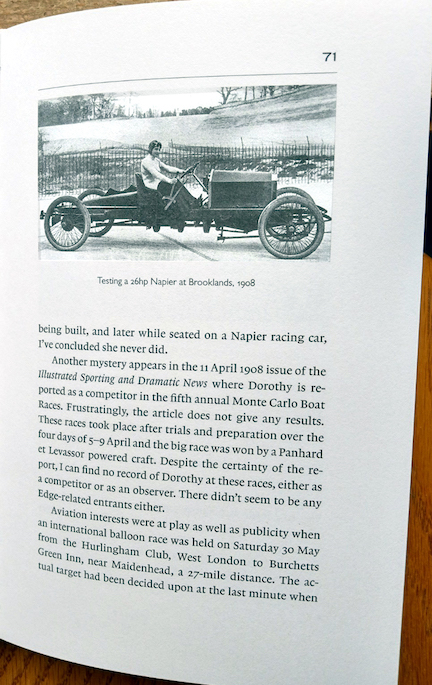 Barton’s book is lovingly and beautifully created by its publisher Butterfield Press although from an historian’s point of view its lack of bibliography or chapter end notes makes it difficult to retrace Barton’s research. He does mention several names in his acknowledgements, one of whom is “Simon Fisher, who is writing about the life and times of Selwyn Edge” previously reviewed on this site. Additionally he writes of other sources of information in the body copy of the book’s main narrative.
Barton’s book is lovingly and beautifully created by its publisher Butterfield Press although from an historian’s point of view its lack of bibliography or chapter end notes makes it difficult to retrace Barton’s research. He does mention several names in his acknowledgements, one of whom is “Simon Fisher, who is writing about the life and times of Selwyn Edge” previously reviewed on this site. Additionally he writes of other sources of information in the body copy of the book’s main narrative.
However, another historian and active fellow member of the Society of Automotive Historians in Britain named Angela Thompson published a thoroughly footnoted paper titled “Dorothy Levitt: femininity and womanhood in Edwardian Britain” in that organization’s journal Aspects of Motoring History, issue number 18. Her paper refers to her awareness of Barton’s forthcoming book. There’s every likelihood each accessed at least some of the same or similar sources, especially given the fact that much of Levitt’s personal life was, to say the least, rather shrouded in mystery.
As we learned from Fisher’s S.F. Edge book, Edge was ever the promoter. He spotted comely Dorothy, saw to it she was taught to drive and then, when she proved not just capable but fearless too, starting in 1903, he put her in the driver’s seat of various of his cars and entered her in races and other motoring competitions.
Her successes changed her life and lifestyle as she possessed her own flair for promotion. In fact, as Barton discovered, she and Edge managed to create and perpetrate myths regarding her background and origins and even, to a degree, her real name. The truths Barton (and Thompson) uncovered are presented in the next to last chapter titled “The Great Mysteries” and then, in the final chapter he engages in some interesting speculations about her.
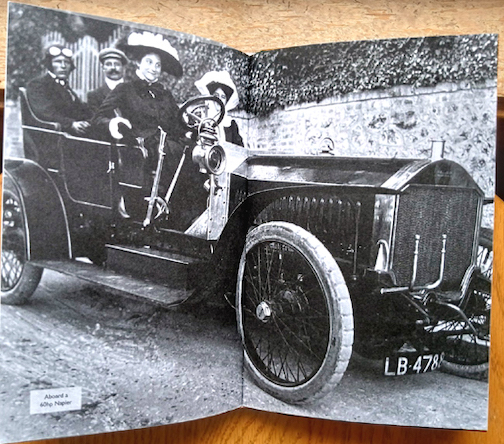
It was the custom, requirement even, in those days for an entry in some hill climb competitions to “run with a full complement of passengers” as shown in this image. Levitt is behind the wheel piloting the 60 hp Napier. Her passengers are not identified, nor is the specific event in which they were participating.
As Edge had provided all her racing machines, once he completely ceased racing activities in 1910, Dorothy turned to other pursuits. One mentioned earlier, of her own volition she took up flying becoming the first-ever English woman to earn her pilot’s license. She also turned to writing with numerous articles published by a variety of newspapers and magazines. Then, she wrote an entire book titled The Woman and the Car that was published in 1909 as her auto racing career that had made her famous was nearing its end. As her delightful, well-written and well-photographed book is in the public domain, you can see and read it too at this link: https://publicdomainreview.org/collection/the-woman-and-the-car
Butterfield Press is located in the UK and apparently doesn’t have distributors in other parts of the world. But it will gladly ship purchases anywhere and, as indicated on their website, shipping within the UK is free.
Accomplished and comely, sadly Dorothy Levitt died young, age 40. Brief though her lifespan was, she certainly left her mark on history as you can read in full in this book.
Copyright 2023 Helen V Hutchings, SAH (speedreaders.info)


 RSS Feed - Comments
RSS Feed - Comments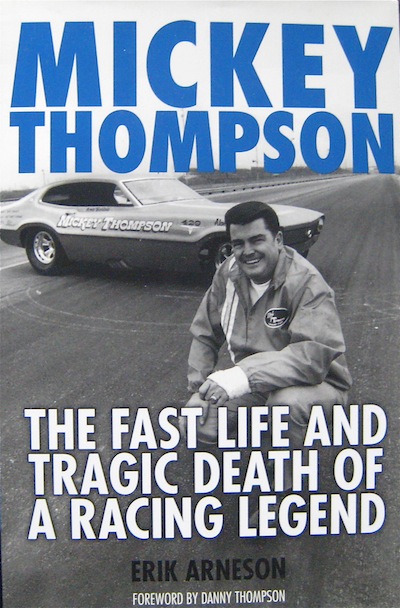


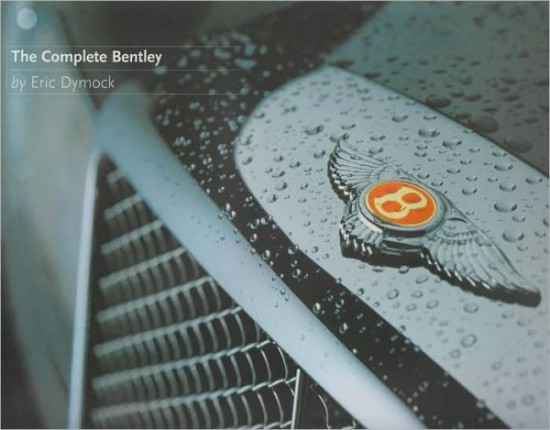
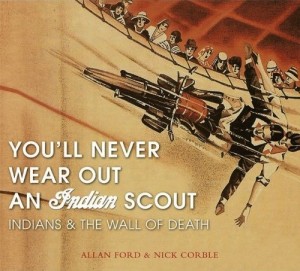
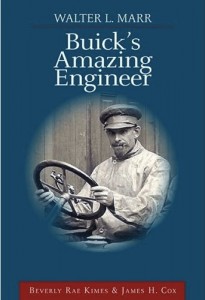


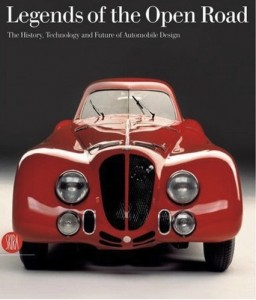

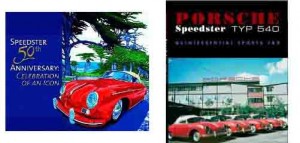
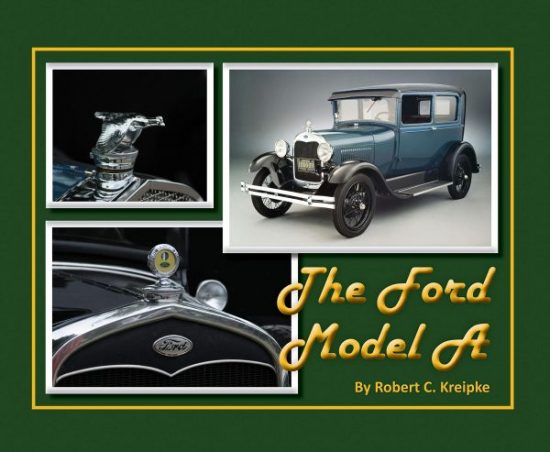




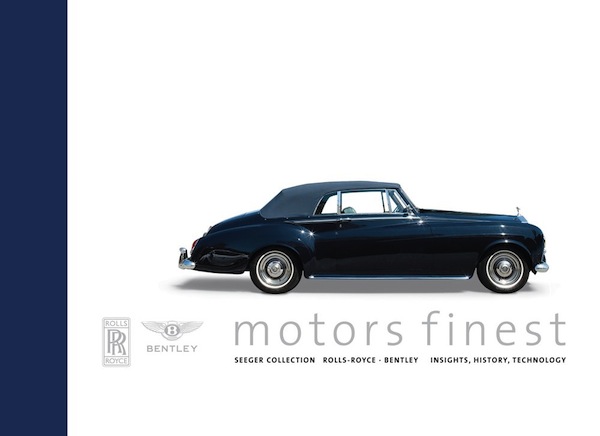




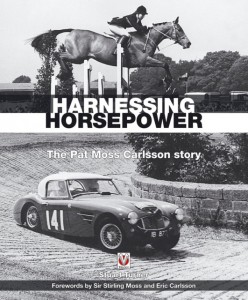




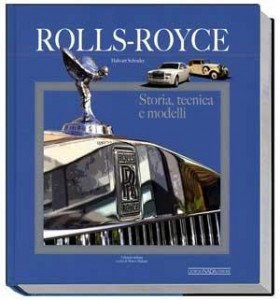




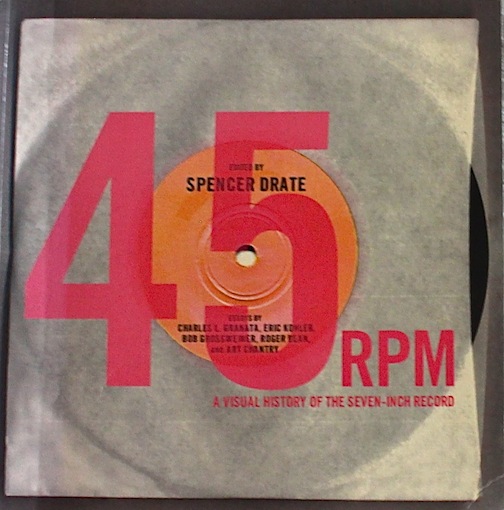

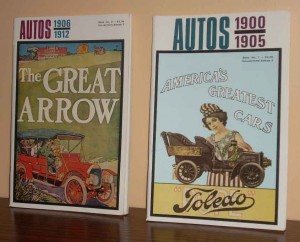
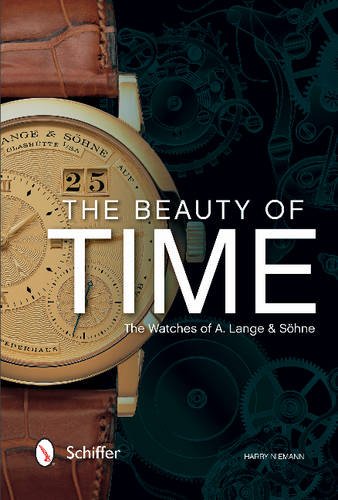




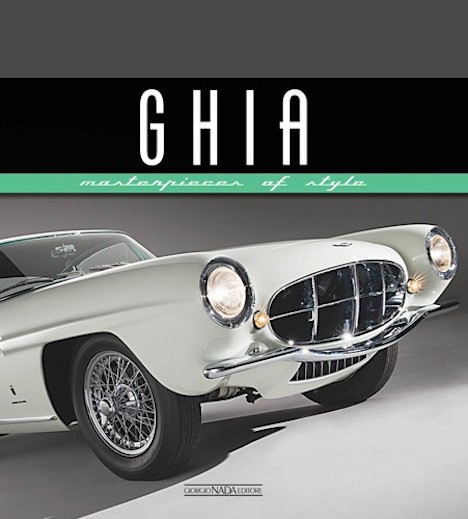
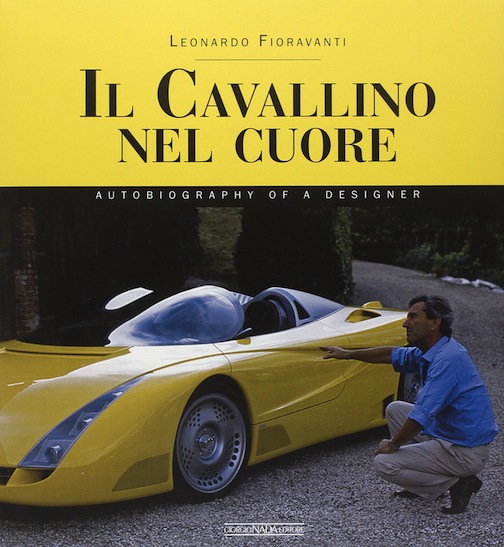
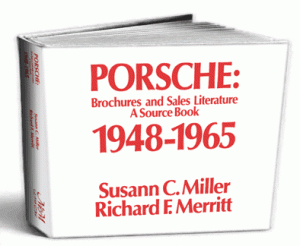




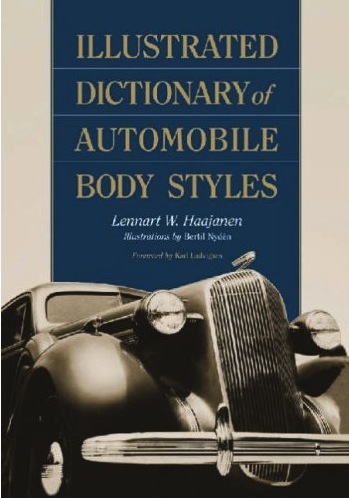
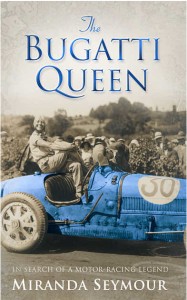
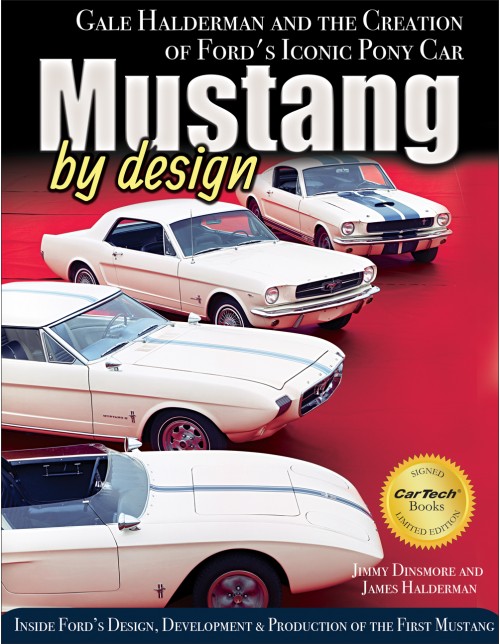







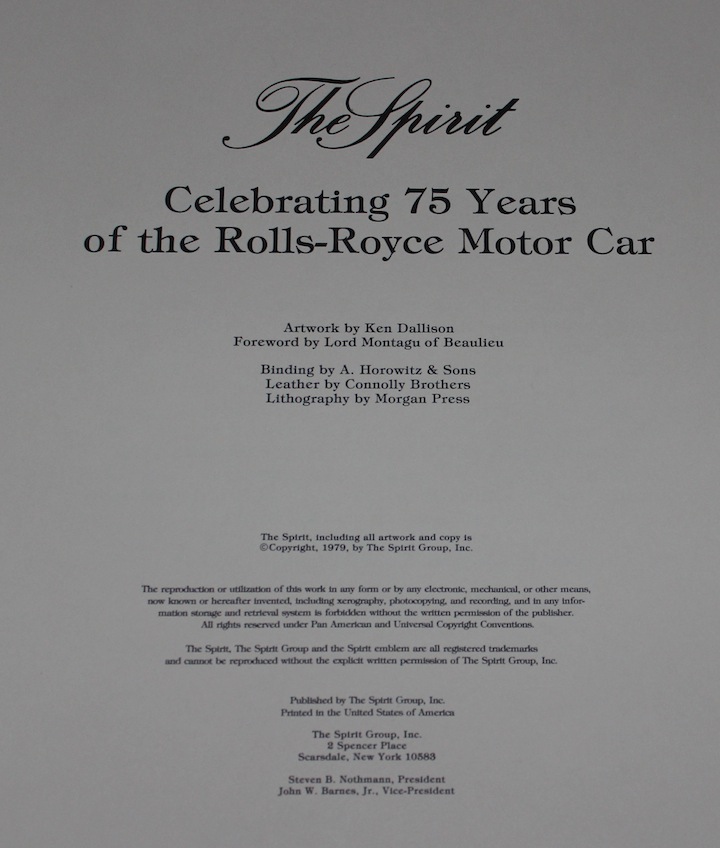
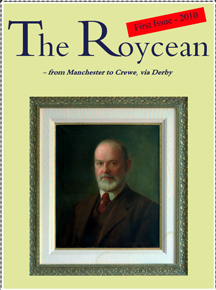






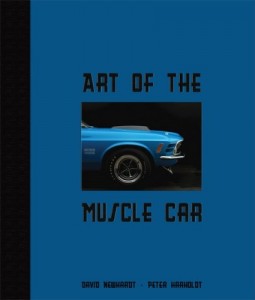

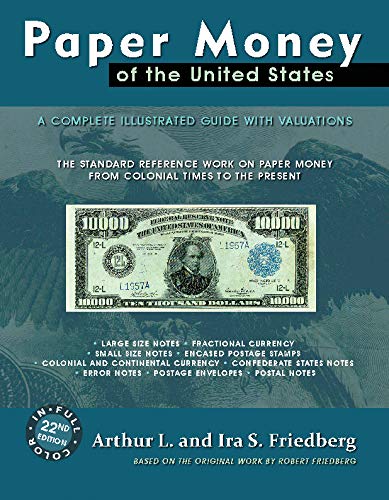


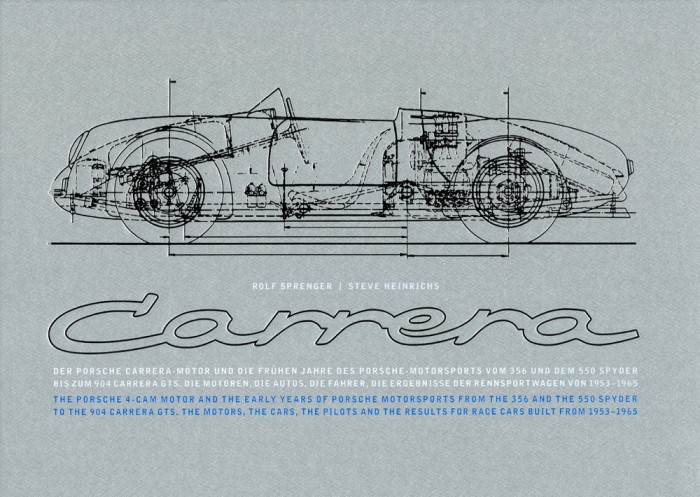

 Phone / Mail / Email
Phone / Mail / Email RSS Feed
RSS Feed Facebook
Facebook Twitter
Twitter